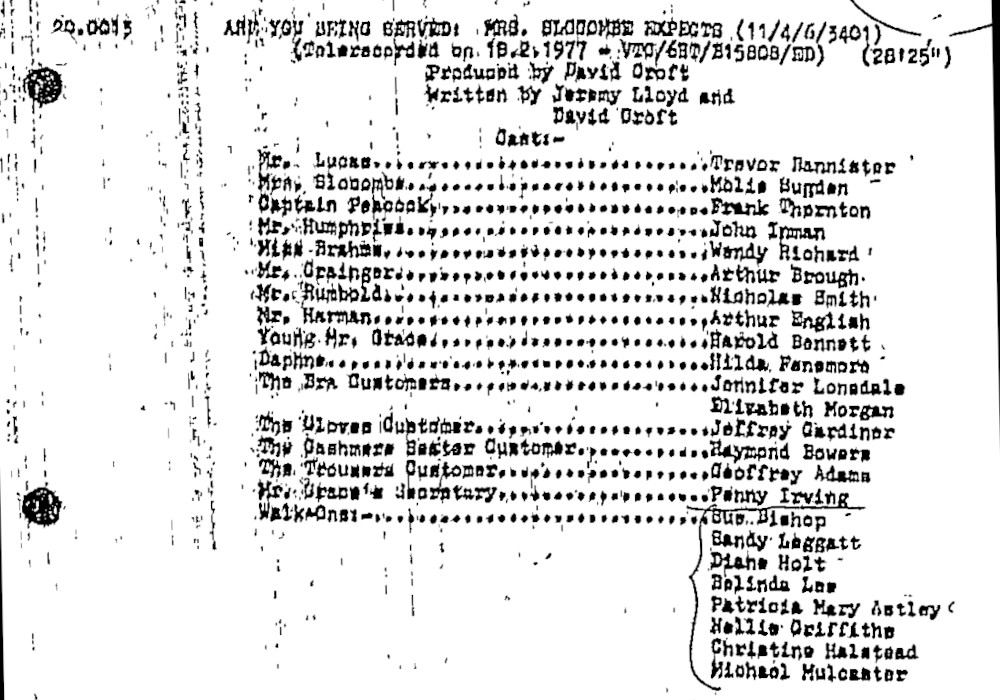I write about Red Dwarf a lot on here. Far more than I ever actually intended to. I thought, after 17-odd years1 of talking about the show on Ganymede & Titan, that I might be kinda done with it. Turns out that there’s a particular strain of production nonsense that I still find interesting, and it can’t be kicked out of me.
But there is one aspect of the show that I don’t really talk about these days. One which probably deserves a bit of explanation. Let me quote a tweet I received yesterday; name stripped because this is about me, not them. In reply to my recent piece about the sets in “Back to Reality”:
“The last ever episode of Red Dwarf.
(Any episodes you may remember being made after this one are merely a product of your fevered imagination.)”
Now, did I find this tweet annoying? Yes, I did. But partly for a reason that this poor unfortunate person could never have known.
Because: after all those years in Red Dwarf fandom, I cannot over-emphasise how bored I am talking about when Red Dwarf stopped being good.
I mean, I have my opinions. God, I have my opinions. I could spray them all out to you right now, like so much fetid diarrhoea. But I talked about that shit for 17 years. It’s a topic which creeps in when you least expect it to. You could be having a lovely little chat about the mechanics of time travel in “Timeslides”, and suddenly somebody’s dislike of Series VII pops up in the conversation and ruins the whole thread.
I’m not exaggerating. It’d happen literally all the time. Sometimes, it would be me throwing the VII-bomb in, because I couldn’t fucking help myself.
Not that this is a purely VII thing. I also took part in podcasts about quite a few series that I didn’t really like very much. Don’t get me wrong; some of those podcasts were very good indeed, albeit not because of me. But I sometimes found making them a stressful experience; I wrote this in 2017 which captures some of my frustration. It’s not always much fun to be part of something like that, only to end up whining like hell. You get sick of the sound of your own voice.
To be clear, this isn’t a jab at fandom per se, Red Dwarf or otherwise. There is a nasty habit some people have of focusing on all the bad things about fandom, and ignoring the good. I have zero time for that point of view. Fandom of all kinds has been responsible for so many amazing things. I’ve especially warmed to fanfic and fanart for certain TV shows over the last few years, which I incorrectly turned up my nose at for ages.
But when I write about Red Dwarf now, it’s with a very specific aim. It’s about taking the bits of the show I love, and seeing what makes them tick. I really want to try and avoid all the old boring conversations about which episodes of the show are any good; I’ve done them to death. Nor am I interested in having any kind of opinion about the episodes I’m not that keen on. I’m reclaiming my love for the show by avoiding the stuff I’m bored with, and forging ahead with brand new actual facts. There’s always something new to discover.
So if anybody wonders why I don’t get into those discussions… there you are. Fandom can be great, but it can also leave scars. Consider the articles I write on here my laser removal treatment.
Very odd. ↩

